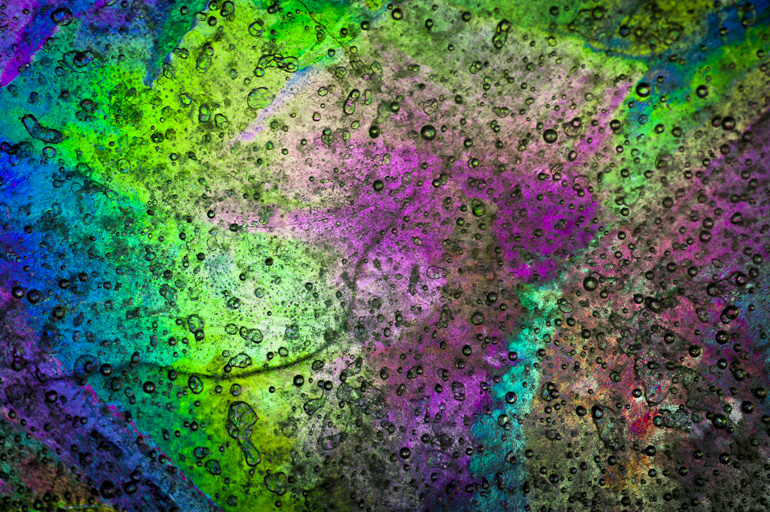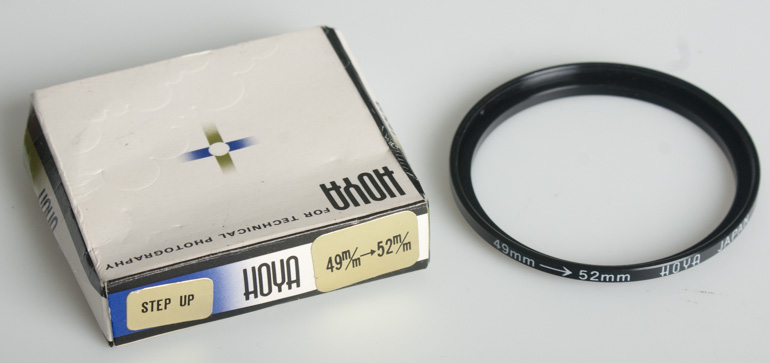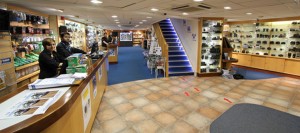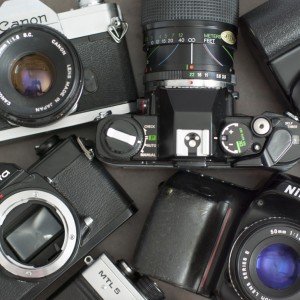The diffraction filter is a special effect filter that can be found in a number of filter brands’ ranges.
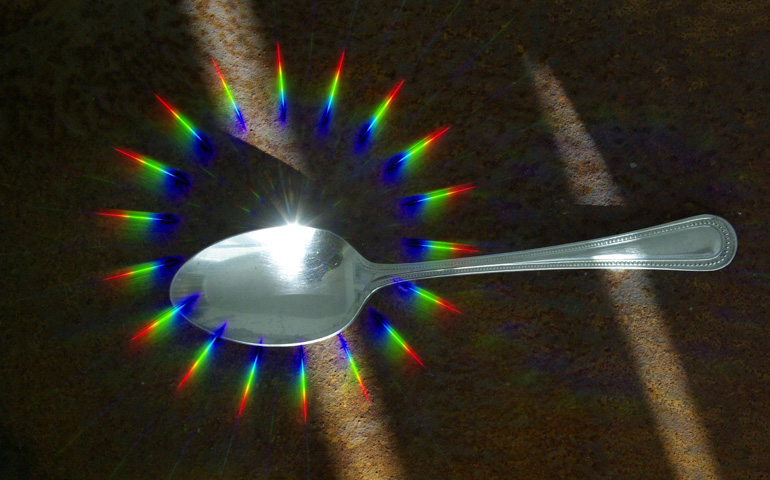 The diffraction filter creates spectacular rainbow coloured streaks or star bursts from highlights.
The diffraction filter creates spectacular rainbow coloured streaks or star bursts from highlights.
Hoya made the effect popular back in the 70s with their group of filters called Spectral Star.
The Hoya Spectral Star is a conventional starburst filter that added a rainbow-like pattern to the streaks. Hoya had three filters in this range
The Hoya Andromeda is a single line through the photo used to create ghost-like blurs and multicoloured streak from point light sources.
The Hoya Pulsator is a colourful 8 point star burst.
And the Hoya Nebula is a multipoint filter for spectacular colour bursts
The French brand Cokin replicated Hoya’s effects with their series of Diffraction filters which are still available today
The Cokin Diffractor Cosmos 040 is like the Hoya Andromeda
The Cokin Diffractor Univers 041 is like the Hoya Pulsator
And the Cokin Diffractor Galaxy 042 is like the Hoya Nebula
And thanks to Cokin’s universal holder these filters can easily be adapted to fit a wide range of lens filter thread.
Hoya copied the system filter approach popularised by their version called Hoyarex.
The Hoyarex versions are easier to understand as they are named by the number of points. There are also more options to choose from including the following:
It’s not easy to recreate this filter digitally and is well worth adding to your collection. The filter works with glass, water, jewellery and any other item where you can get a sparkle of light to diffract. Some photographers also use them on lasers to create stunning painting with light effects.
